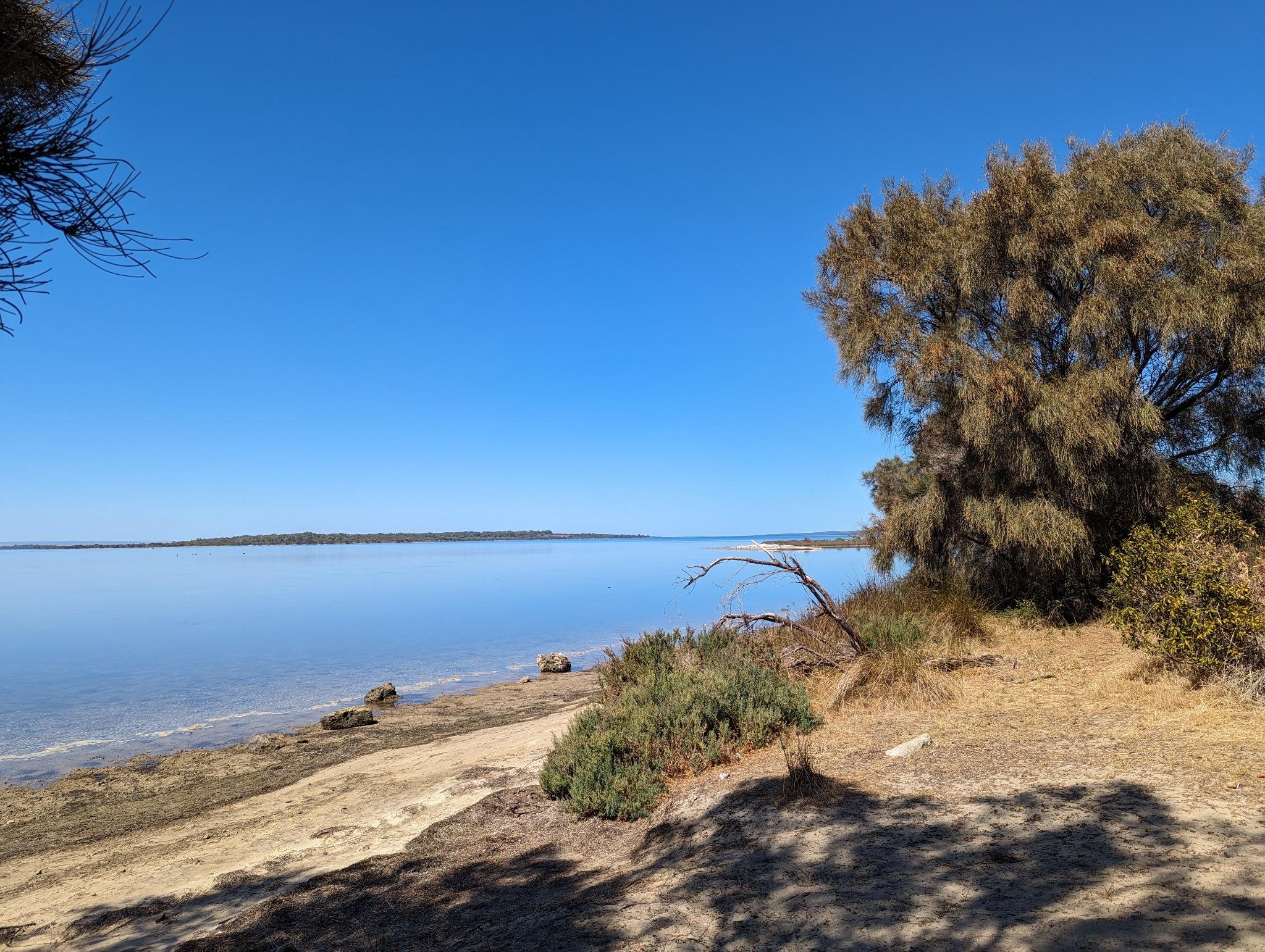
Find all the essential bushfire information you need for your project
FAQs
-
This depends on the type and stage of your development. For most new homes in bushfire-prone areas, a BAL (Bushfire Attack Level) Assessment is required to determine the construction standards under AS 3959. A Bushfire Management Plan (BMP) is needed for more complex proposals and is usually required at the planning approval stage—particularly for subdivisions, larger lots, or sites without a reticulated water supply. Developments that involve vulnerable occupants (such as aged care or education facilities) will also require a Bushfire Emergency Plan (BEP), and high-risk land uses (like fuel depots) may need a Bushfire Risk Management Plan (BRMP).
Still unsure? Contact us and we’ll help determine which report is right for your project.
-
While each report varies, they all typically evaluate:
Vegetation type, separation
Site Slopes
A BMP will also cover:
Property access for firefighting and evacuation
Water availability (e.g. hydrants or tanks)
Emergency plans like BEPsand BRMPs also assess evacuation strategy, staff training needs, and hazard containment for high-risk or vulnerable use sites.
-
A BAL Assessment is usually needed when applying for a Building Licence. A BMP is typically required earlier—at the planning or subdivision stage—to support a Development Application. BEPs and BRMPs are submitted alongside DAs for vulnerable or high-risk land uses.
-
Your report will include your BAL rating, and potentially a list of bushfire mitigation requirements, such as vegetation clearing, construction upgrades, or water supply improvements if you had a BMP completed.
These documents will need to be shown in your building or development plans when submitting to council.
It's important your builder is aware of the BAL rating and conditions early to avoid delays or non-compliance. -
Only BPAD-accredited practitioners can complete valid bushfire reports.
Level 1 & 2 practitioners can prepare BAL Assessments and most BMPs (with sign-off from a senior member where required)
Level 3 accreditation is required for BEPs and BRMPs
Bushfire Smart has one of the few Level 3 practitioners in WA, meaning we can service all report types in-house.
Want some more detailed information?
Read on to find out more!
Owner Builder Bushfire Requirements: When You Need a BAL or BMP in WA
Planning to build your own home in a bushfire-prone area of Western Australia? As an owner-builder, you're already wearing multiple hats—designer, project manager, and often, negotiator. But when your dream home sits in a high-risk area, there’s one more crucial role you’ll need to take seriously: bushfire compliance manager.
🏠 When Should You Get a Bushfire Assessment?
Planning to build in a bushfire-prone area? One of the smartest moves you can make is booking your BAL (Bushfire Attack Level) assessment early—before design work is finalised.
I’ve Got My BAL Rating—Now What?
Receiving your Bushfire Attack Level (BAL) rating is a critical milestone in the planning and development process—but it’s not the finish line. Understanding what comes next is key to staying compliant, on budget, and on schedule.
What is a BAL Rating?
A BAL rating reflects the expected level of radiant heat exposure, measured in kilowatts per square metre (kW/m²) to your building. BAL ratings range from BAL–Low (minimal risk) to BAL–Flame Zone (FZ) (highest risk).




